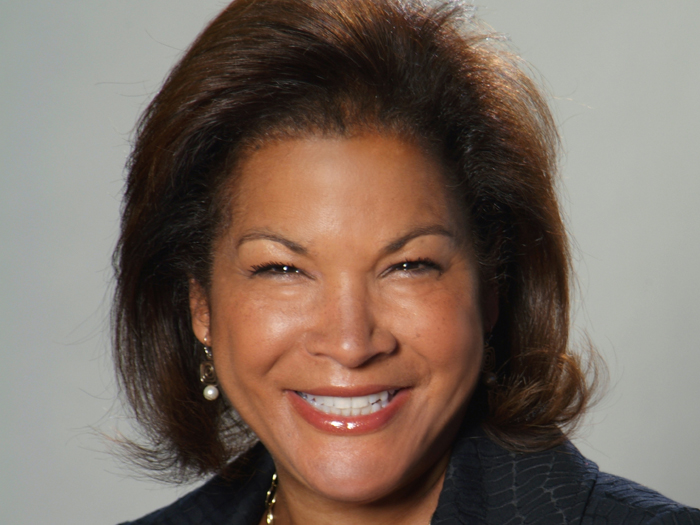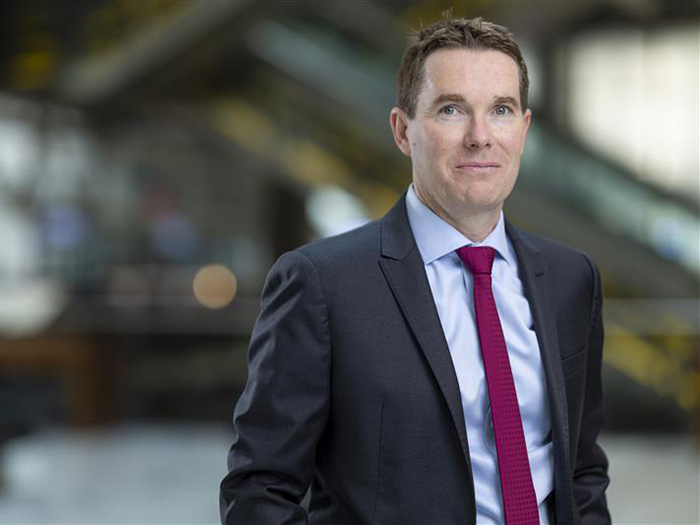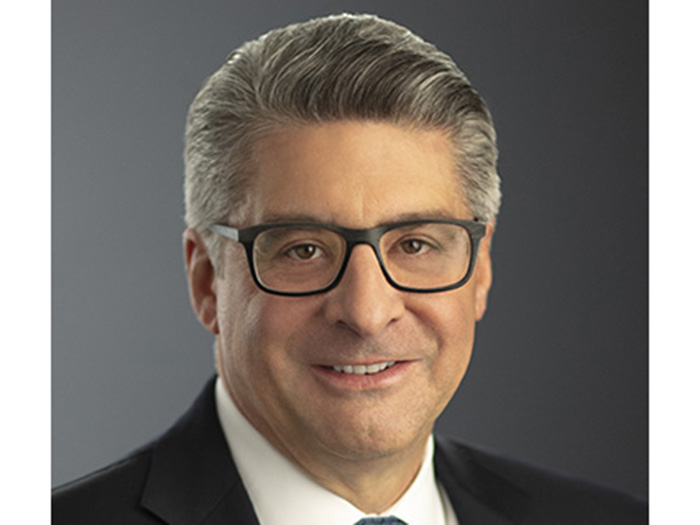The Hartford’s Susan Johnson Weighs in on the Hot Button Issue of Diversity and Inclusion

Global rallies for racial equality in the summer of 2020 forced businesses to address bias head on. In response, executives pledged to diversify hiring pipelines, make promotions and advancement more equitable, and cultivate truly inclusive corporate cultures.
The insurance industry is particularly ripe for change. Just 21% of employees at U.S. insurance companies are non-white, according to S&P Global Market Intelligence.
African Americans hoping for a career in insurance are met with unconscious bias; a lack of high-level mentors; nepotism and favoritism; and a lack of exposure to potential employees of color, according to a 2018 study by Marsh and the National African American Insurance Association.
That makes leadership roles harder to come by, as just three of 168 senior executives at the top 10 U.S. insurers and brokers are Black, according to Reuters.
Susan Johnson has been on the front lines of diversity and inclusion for years. The chief diversity and inclusion officer at The Hartford, Johnson helps the company find diverse talent and cultivate them into future leaders, while leading conversations about race and bias.
She says insurance has been “about a half step behind” other industries but is making great strides because leaders truly want change. In a recent interview, Johnson explains that the industry needs to broaden its talent pipelines, widen its definition of talent, and help leaders understand their own biases and change accordingly.
R&I: You’ve worked in politics, consumer packaged goods, technology and now insurance. Why have you always focused on diversity and inclusion?
I was coming of age when Corporate America was struggling with minorities in the workplace. Women and gender representation were the first real diversity initiatives. Women began tip-toeing into the higher echelons of the corporate world — like C-suite roles and boards — but they were mostly white.
The diversity conversation was so new and different, and it impacted me because I was new to the corporate arena too. It was an interesting dynamic. I was trying to figure out the corporate world and the corporate world was trying to figure out women and people of color.
R&I: How is the insurance industry responding to the calls for social justice and equality we saw in 2020?
There was a lot of increased energy prior to 2020. Not a lot of answers or frameworks but a lot of inquiry, questioning, research and digging. A lot of good groundwork had been laid. George Floyd’s death truly accelerated a lot of work already underway in terms of our commitment to diversity and inclusion — and propelled us to ramp up, and do more faster.
R&I: How can the industry diversify hiring?
The industry has an opportunity here. We’ll take people from all sorts of backgrounds at the entry level, but as the positions grow, we tend to only bring in talent from within the industry. Somebody used a phrase I really like: “talent tennis.” We move people around from one insurance entity to another but need to add net-new talent at higher levels.
R&I: How would you go about convincing a senior executive in insurance that diversity and inclusion is worth their effort?
What’s worked for our leaders at The Hartford is being aware of the business costs of under leveraging our talent and examining the cost of bias in the workplace. With the death of George Floyd and the protests that followed, many leaders developed a deeper appreciation for the cost of bias and inequity — and were motivated to do something.
On the flip side, they see the value and vibrancy of getting the most out of everybody on the team and working really hard to build engagement and productivity. Also, leaders here are smart about attracting top talent. They understand the demographics and representation data as well as I do. They know there are markets we have not fully tapped and they are really motivated to make sure we get our fair share of talent.
R&I: How does inclusion lead to innovation?
We focused a lot on innovation at The Hartford and have done some really good work to show that our work environment is inclusive and psychologically safe. That enables people to be more innovative in the workplace.
R&I: Does the insurance and risk management industry have any unique challenges when it comes to cultivating inclusive workplaces?
If we continue hiring within a relatively narrow talent box, we’ll get people with a relatively narrow perspective. Then we could find ourselves falling short in terms of driving more inclusive work environments. The insurance industry should be critical of itself in terms of what defines leadership and how we can expand that definition to enable it to apply to a broader array of people.
R&I: Do you think the industry has the talent to appoint more diverse leaders?
We have the talent. We just haven’t looked at them in a broad enough, developmental enough or focused enough way.
R&I: Would a diverse CEO attract more diverse job candidates to the profession?
Yes. Potential job candidates go to a company’s website and look at staff photos. If they see people who look like them, they’ll be more engaged and think it’s a place where they can be successful too.
R&I: What are some steps executives can take to put ideas into action today?
I would advise them to figure out what diversity and inclusion means for them personally. I would encourage them to figure out a way to get to know people who are different from them in an authentic, transparent, and non-transactional way to expand their perspective. Practically, I’d urge them to start somewhere. It’s the beginning of the calendar year. Set three goals to advance your own personal diversity competency in 2021 — then go meet them. &










